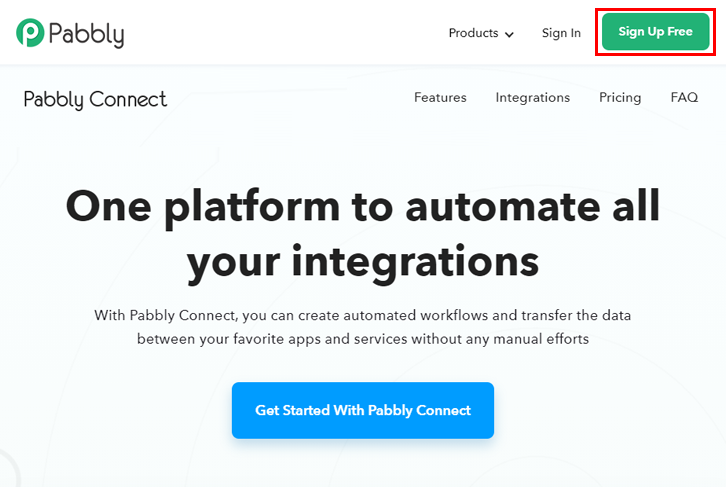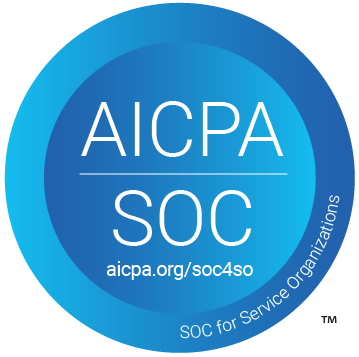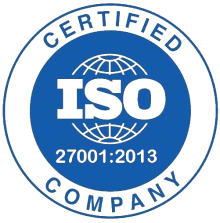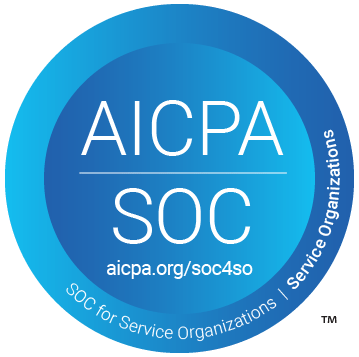Tired of searching for a way to save new ShipStation orders to Google Sheets?
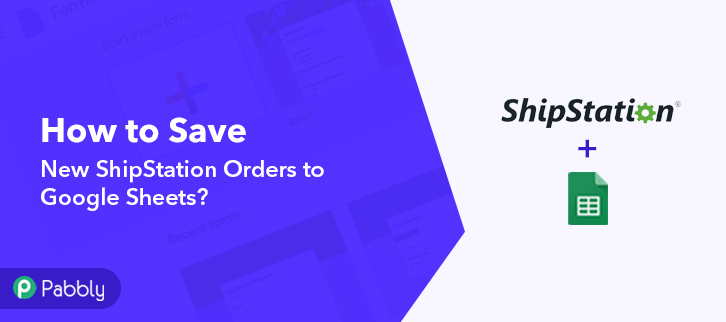
If yes, then here you can sit back and relax as we are going to integrate ShipStation with Google Sheets in real-time. However, several times people want their orders to auto-populate in Google Sheets. And in such a hectic life, saving every single new ShipStation orders to Google Sheets manually is a hell lot of work to do. This is where apps like Pabbly Connect comes into play.
Using this, you can create smooth workflows, and save yourself from boring or repeated work. Moreover, to use this app, you don’t even require to have any technical skills.
Why Choose This Method Of Integration?
In contrast with other integration services-
- Pabbly Connect does not charge you for its in-built apps like filters, Iterator, Router, Data transformer, and more
- Create “Unlimited Workflows” and smoothly define multiple tasks for each action
- As compared to other services which offer 750 tasks at $24.99, Pabbly Connect proffers 50000 tasks in the starter plan of $29 itself
- Unlike Zapier, there’s no restriction on features. Get access to advanced features even in the basic plan
- Try before you buy! Before spending your money, you can actually signup & try out the working of Pabbly Connect for FREE
In just a few minutes, you will be able to integrate ShipStation with Google Sheets using Pabbly Connect in real-time.
Moreover, this software is packed with many features like routers, path-routers, instant triggers, and many more even in its free plan.
So, without wasting any of your time, let’s get started.
Step 1: Sign up to Pabbly Connect
Begin the process of connecting ShipStation to Google Sheets by clicking on the “Sign Up Free” icon on the Pabbly Connect dashboard. Further, either fill-up the details manually or else you can sign up via Gmail account.
Try Pabbly Connect for FREE
Following that, after logging into the account, press on the “Access Now” button as shown in the above image. Begin the process of building a workflow for integration by pressing on the “Create New Workflow” button. Furthermore, add the name of workflow which in our case is “ShipStation to Google Sheets”. Although, you can always name the workflow as per your requirements. Subsequently, after building a workflow, you have to select the integration app to make a ShipStation order. Pabbly Connect allows you to build unlimited workflows within minutes, tap here to sign up for unlimited workflows for free. The next step is to select “ShipStation” from the dropdown, then choose the “New Order” option to save the data from the software into Google Sheets. The subsequent step is to click on the “Connect With ShipStation” button which is appearing on the dashboard. Once you click on the connect button, a side panel will open up asking for the API Key and API Secret Key. And in order to get those keys, you need to click on the “Settings” link appearing in the corner. Now, the next thing is to copy the API Key along with the API Secret Key to paste in the Pabbly Connect dashboard. Now, paste the keys in their respective given columns. After that, just click on the “Save” button given below. Subsequently, in order to save the new ShipStation order in Google Sheets, you need to make an entry of the order. Hence to do that, you need to log into your ShipStation account. First of all, simply click on the “Orders” to go to the orders section. Now, in order to generate a new order, you need to click on the button named “New Order”. After that, fillup all the order details to move forward. Furthermore, once you are done filling the entire order details, just hit the “Save Order” button to save the order. But, before clicking on the save button, go to the Pabbly Connect dashboard and press the “Save & Send Test Request” button. After filling up the order details, the order entry will appear on the “Pabbly Connect” dashboard. Next, press the “Save” option. Consequently, in order to make this ShipStation and Google Sheets integration work, you have to choose the action for your trigger. Further, click on the “+” icon then select “Google Sheets” and in the choose method option, select ” Add New Row”. After that, you need to click on the button named “Connect” to authorize it with Google account. Once you press the “Connected with Google Sheets” button, it will open the authorization window, for which you have to log in to your Google account. All the sheets in your account will appear on the dropdown. Simply select the sheet, which in our case is “Sheet1”. Now, all you have to do is add the necessary field. Later, just click on the button named “Save & Send Test Request”. Subsequently, once you hit the “Send Test Request”, all the entries will be sent to Google Sheets Rows. Just click on the “Save” button to save the entire workflow. Finally, when you check the Google Sheets, the entered details get auto-populated in a sheet. This is a one-time process, after this whenever a new order is saved in the ShipStation account, it will get auto-populated in the Google Sheets rows. Hopefully, Now you know how to save new ShipStation Orders to Google Sheets. All you have to do is follow all the above-mentioned steps and you can connect ShipStation to Google Sheets quickly. One can easily avoid repetitive work with the help of automation by using software like Pabbly Connect which allows unlimited premium applications. So, wait no longer. Go and get your access by signing up for a free account.Step 2: Access Pabbly Connect
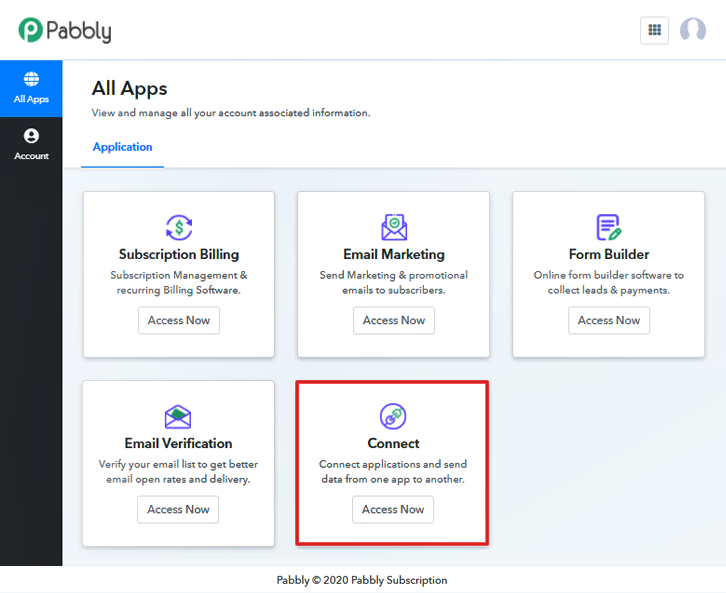
Step 3: Workflow for ShipStation & Google Sheets Integration
(a) Start with a New Workflow
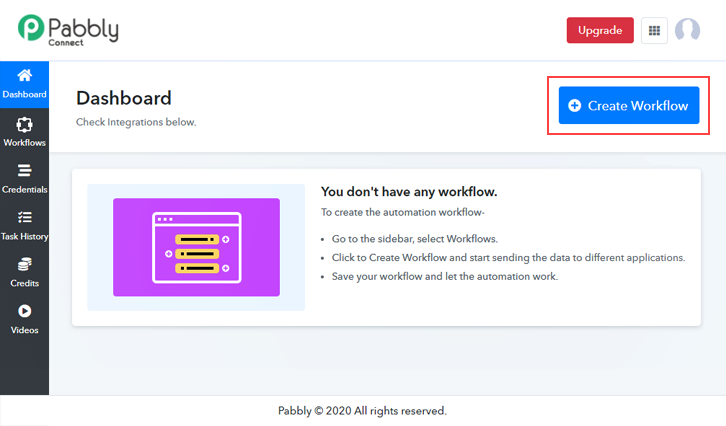
(b) Name the Workflow

Step 4: Setting Trigger for ShipStation to Google Sheets Integration
(a) Select Application you Want to Integrate

(b) Click on the Connect Button

Step 5: Connecting ShipStation to Pabbly Connect
(a) Click on the Settings Link

(b) Copy the API Keys

(c) Paste the API Keys

Step 6: Create a New Order in ShipStation
(a) Click on Orders

(b) Go to New Order

(c) Fillup the Order Details

(d) Click on Save Order

Step 7: Test the Response in Pabbly Connect Dashboard

Step 8: Setting Action for ShipStation & Google Sheets Integration
(a) Select Application you Want to Integrate

(b) Click the Connect Button
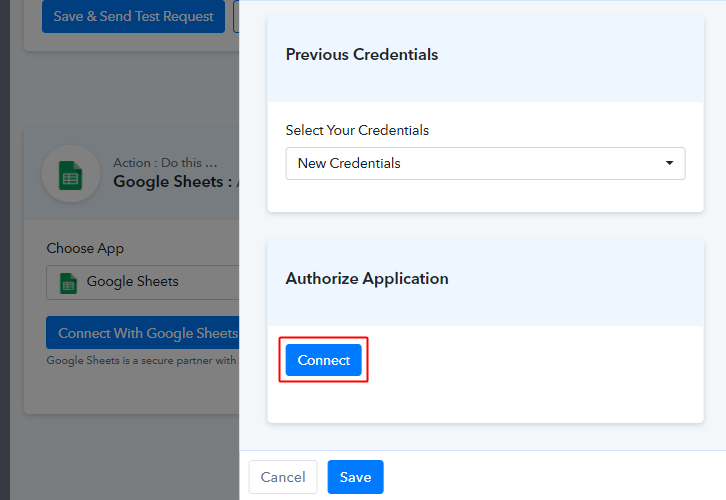
(c) Map Field Data

(d) Test the Submission and Save

Step 9: Check Response in Google Sheets

Conclusion –
You May Also Like To Read –
